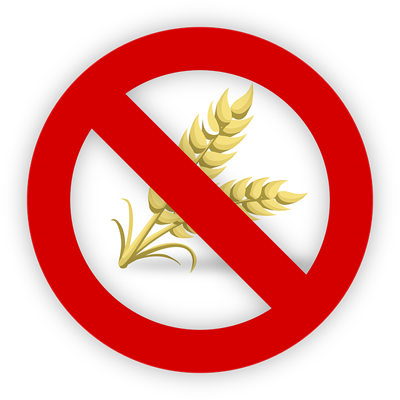New research dispels healthy eating myth of gluten-free foods

According to research published in the February 2018 issue of the Journal of Human Nutrition and Dietetics, not all gluten-free foods are as healthy as consumers may believe.
The research compared over 1,700 food products and found that, with the exception of crackers, gluten-free (GF) foods contained more fat, salt and sugar than their gluten containing equivalents and also had lower fibre and protein content.
Evidence suggests that consumers consider a gluten-free diet to contribute towards a healthy lifestyle and this has led to an increase in sales in GF foods in the UK and worldwide. Despite this increased interest in the gluten-free diet, there have been limited studies in the nutritional composition of gluten-free foods compared with their gluten containing equivalents.
Key findings from study include:
- Gluten-free groups had a higher percentage of high and medium fat products, with the exception of crackers
- The median total fat contents for gluten-free brown bread and white bread were more than double those of regular products
- The costs of gluten-free products are significantly higher across all food categories; the median cost of gluten-free brown and white bread and white and wholegrain flour was over four times the price of regular equivalents, which may impact on adherence to a gluten-free diet for individuals with coeliac disease
- Gluten-free products were found to have significantly lower protein content than regular equivalents across nine of ten food categories.
The study also found that gluten-free foods were 159% more expensive than their regular food equivalents, which is particularly relevant given the Department of Health consultation on restricting the availability of gluten-free foods on prescription.
A gluten-free diet is the only treatment option for individuals with coeliac disease, and the researchers warned that the higher cost of gluten-free foods may stop people sticking to treatment thus compromising short and long-term health.
Researchers collected an exhaustive list of commercial gluten-free foods from four leading supermarkets (Tesco, Sainsburys, Morrison and Asda) and online food retailer Ocado. They randomly selected gluten containing equivalents from the same stores. A total of 1724 food items from ten food categories was collected and analysed. The products were categorised according to the following groups: brown bread, white bread, white flour, wholegrain flour, breakfast cereals, wholegrain pasta, regular pasta, pizza bases, crackers and biscuits.
Dr Rosalind Fallaize, research fellow in nutrition and dietetics at the University of Hertfordshire, says, “We found that gluten-free foods were significantly more expensive than regular items, which is very concerning given the movement towards stopping gluten-free prescriptions for people with Coeliac disease.
“It’s also clear from our research that gluten-free foods don’t offer any nutritional advantages over regular foods so are not a healthier alternative for people who do not require a gluten-free diet.”



